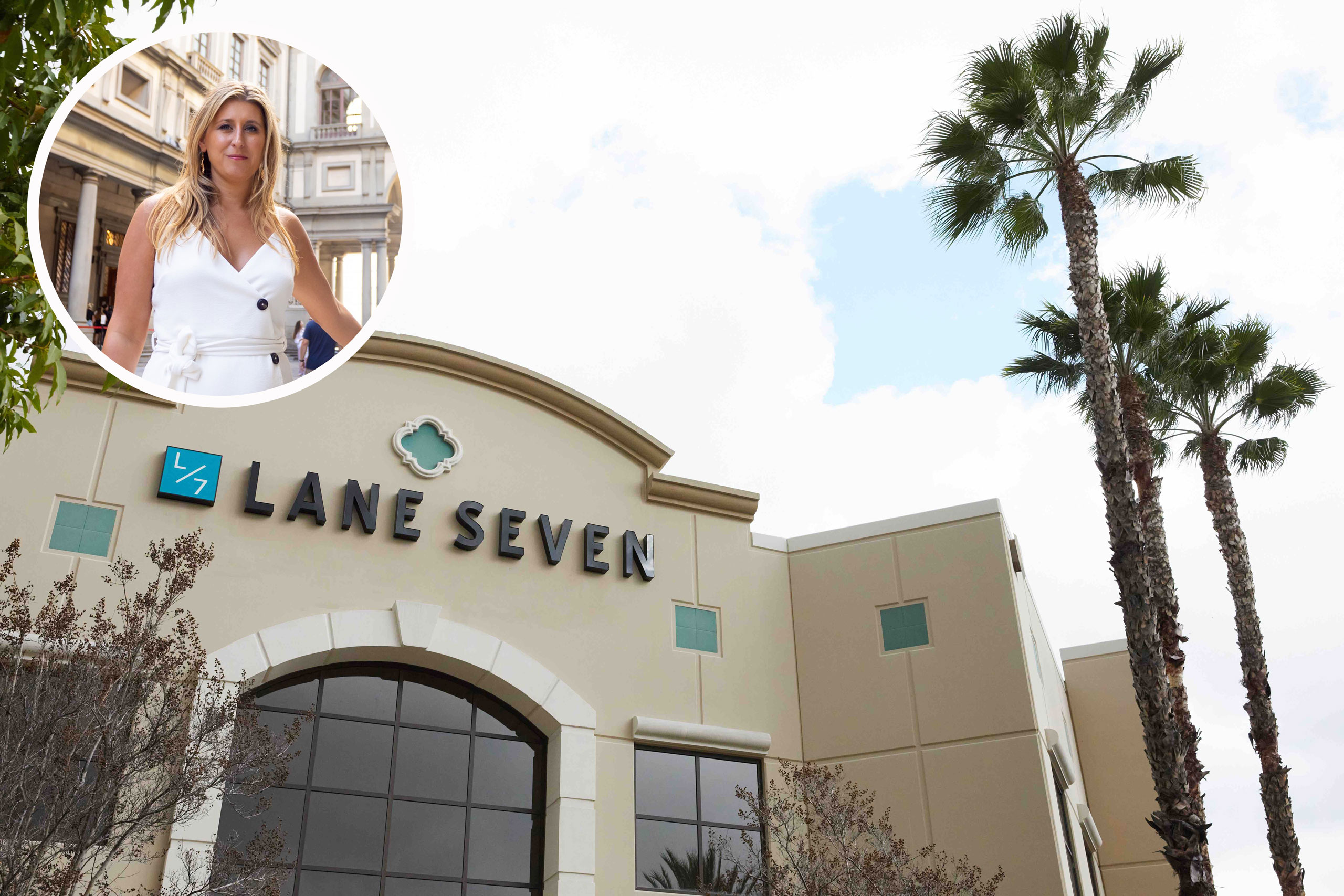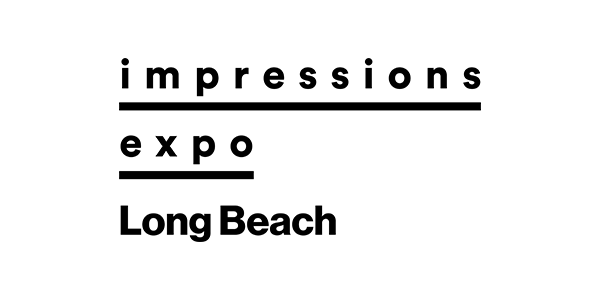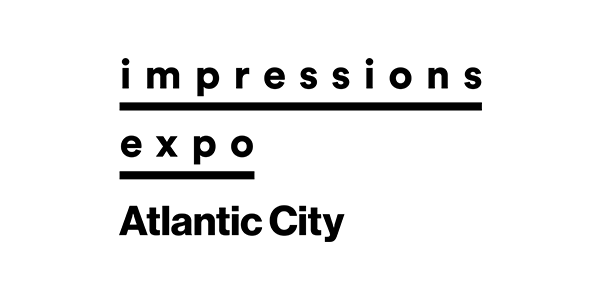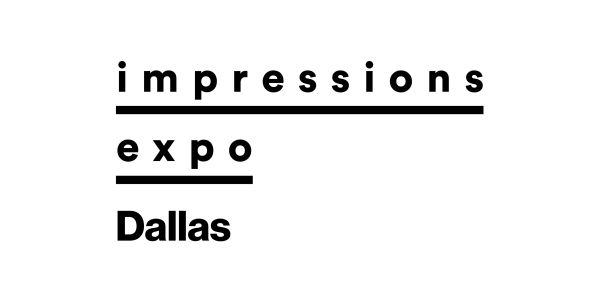Based in Southern California, blank apparel specialist Lane Seven Apparel first made a name for itself as a manufacturer of high-quality fleecewear. However, it has since gone on to become much, much more, with a wide-ranging product line that is as easy on the environment as it is good looking. Impressions Content Director, Adam Cort, spoke with the company’s Director of Sales, Milissa Gibson, to find out some more about the company and what it’s been up to of late.
Adam Cort: To start out, I wonder if you could give us a brief history of the company, including how and when it was founded, what its underlying philosophy has been, and where the company is now in terms of its capabilities.
Milissa Gibson: Lane Seven started 10 years ago, in 2014, when Nabeel Amin, the founder and CEO, was in the middle of kind of a failing denim business and trying to look around at other spaces with a strong history of product development and fulfillment from a custom-sourcing perspective. Taking a look at the U.S. imprintable market, which is one of the largest in the world, if not the largest, he took a look at fleece, in particular. Ten years ago, if you would have looked at fleece in the industry, it wasn’t up to retail standards…it was (also) expensive, so that by the time you added in print-cost margins and everything else, you were ending up at 40, 50 or 60 dollars, but it wasn’t matching what a 50, 60 or 70-dollar hoodie would look like retail, so customer expectations were not being fulfilled. As far as T-shirts had come in the last 25 years, fleece had really lagged behind, so he came into the market and really brought the principles of retail and innovative fashion into our space. We were the first people, for example, to bring in 3-End fleece, 100-percent cotton facing, which at that time was the perfect thing at the perfect moment as DTG (direct-to-garment) grew and we had this call out for 100-cotton fleece. There wasn’t really much on the market that answered this demand and had the brushed feel that you get with poly. So those were the fundamentals of how we got to where we are today, being really driven by innovation and looking at where the market is headed at the retail level and bringing it into this space. (Ed note: To see the complete line of Lane Seven blank apparel, click here.)
AC: As you mention, since its inception, Lane Seven has been all about pushing the envelope in terms of everything from style to sustainability. Can you give us a few examples of some of the recent initiatives the company has been involved in?
MG: Yeah, the market continues to push and demand that sustainability be at the forefront. The entire industry has evolved, just as Land Seven has, until sustainability has become part of our DNA, and every part of our manufacturing process looks at sustainability and how can we reduce the impact on the environment, whether it be sourcing all of our cotton in-region to reduce our carbon footprint or reducing the amount of water it takes to dye goods—which is the most harmful part of the process. Currently, using sustainable materials, such as recycled polyester, we are making steps to include at minimum 20-percent recycled polyester in all of our poly garments. We also have our Future Fleece, which is 100 sustainable using regenerated yarn. At every step of the process we have some form of sustainability baked in. It’s just how sustainable and what type of story the end user might be looking for. (Ed note: To learn more about Lane Seven’s sustainability efforts, click here.)
AC: I’m thinking initiatives like this don’t happen by accident, but are, in fact, the result of a lot of hard work. How does a major player in the blank apparel market like Lane Seven identify the needs of customers? How do you stay in touch with customers to know what they’re looking for.
MG: I think it happens in a few different ways. One of the biggest ways we can tell from a silhouette and body and fabric standpoint where we need to be is from our private-label division. We have an entire part of our company that does private-label, full-package sourcing, and working with those programs we start to see patterns like, “Oh, it’s leaning more into this silhouette,” which helps us collapse down the time for trends to transition into our industry. It also helps us look at color palettes, which is a big deal. In terms of decorators, whenever we’re developing a new fabric or working on anything, even if it’s 100-percent cotton, we work with our partners to put it through extreme print testing. We work with people like M&R and ROQ and STAHLS’, and we say, “Hey, try to destroy this. Give us the feedback. Tell us what we may or may not encounter.” We also have those same teams work directly with our sales teams to help us stay on the cutting edge of technology and know what’s happening in our customers’ shops. We then take their feedback and give it to the appropriate entities and try to work out a solution. It’s a kind of meeting of minds of what our the customers are saying and what are they buying–which is the real indicator.
AC: Last, but not least, where do you see the blank-apparel industry and Lane Seven, in particular, heading, both in the long and short term, future.
MG: I think we are entering into the ‘90s and early 2000’s in terms of silhouettes—heavy weight, with kind of that big oversized fit, mixed with a juniors fit in women’s fashion. You’re seeing a lot more textures in fabric as well, like in our Nantucket fleece, and you’re seeing a lot more rib out there. I think in the next five years we’re also going to start to see a new evolution as DTF (direct-to-film) has really pushed the industry in a different way than we’ve seen before. You’re seeing decorators, specifically, lean into different substrates that they would never have dealt with before, decorating on shoes, pizza boxes, things they would have never touched before the advantages of DTF expanded their capabilities. So, I think you’re going to start to see some more retail-type fabrics come in that we’ve never really been able to decorate on but that you can decorate now, because you have a flexibility that traditional screen-printing just isn’t capable of. Finally, I think you’re going to continue to see customers demand higher value products. Maybe the order quantities are a bit lower, but the quality of the garment is much, much higher.
For more on Lane Seven, including its sustainability efforts and entire line of blank apparel, click here.





